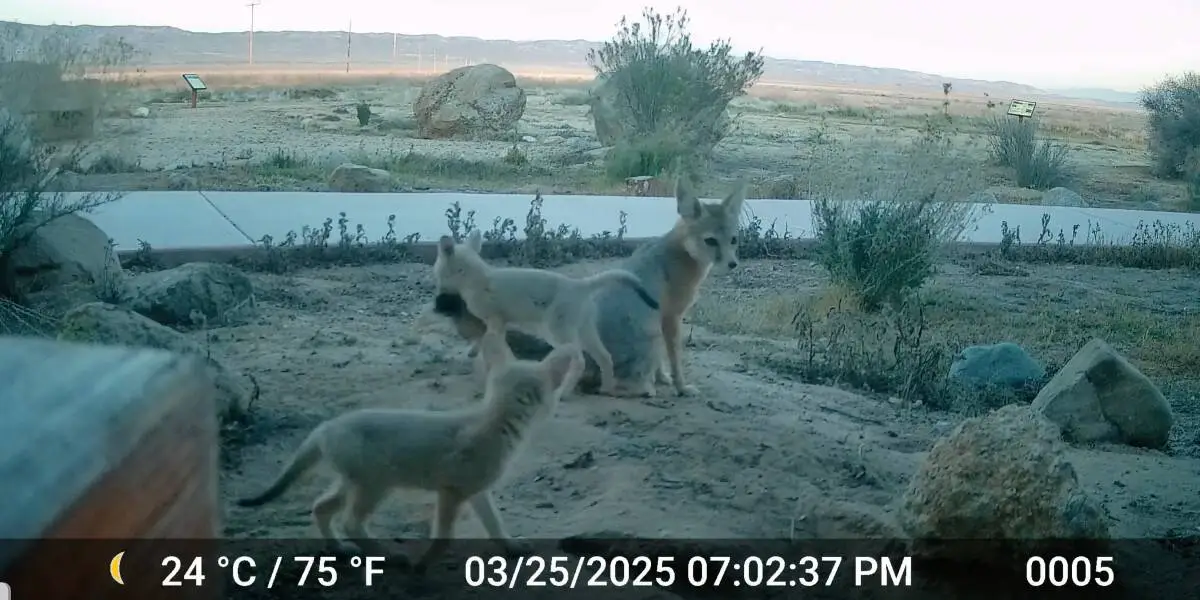“[I]t was just so heartwarming to see … “
Earlier this month, a motion-activated camera set up in California’s Carrizo Plain National Monument recorded something extraordinary — a rare and heartwarming glimpse of a San Joaquin kit fox family in action.
These tiny foxes, weighing just about 5 pounds, are the smallest canids in North America. Perfectly built for the desert, they sport large ears that help them stay cool and rely entirely on their prey for hydration. Despite their adaptability, San Joaquin kit foxes have been classified as endangered since 1967 due to severe habitat loss. Their numbers have dwindled, and sightings in the wild are increasingly rare.
That’s why the team at the Bureau of Land Management (BLM) was stunned when their trail cam revealed not just a single fox, but an entire family, including six playful pups.
“The Carrizo Plain gives them the space they need — it spans 250,000 acres,” said Philip Oviatt, public affairs officer for BLM’s Central California District. “It’s one of the few places where they can really thrive.”
Though families of kit foxes have made their homes near the monument’s visitor center, their nocturnal habits mean they’re rarely seen. The recent footage offered a precious look at their private world — including playful pups climbing all over their very patient parent.
“This is a bigger litter than usual,” explained Russell Namitz, a wildlife biologist with the monument. “Seeing six pups is exceptional — most litters are around four.”
For the monument’s team, watching the foxes romp under the night sky was more than a cute moment — it was a symbol of hope.
“After all the time I’ve spent out here, seeing these endangered animals just being wild and joyful was incredibly moving,” said monument manager Johna Hurl.
Beyond the emotional impact, the footage offers vital insight for researchers tracking the species’ recovery. By documenting their behavior in a protected, expansive environment like Carrizo, scientists can better understand how to support their future.
“These glimpses into their lives are critical,” Hurl added. “They show us what’s working — and how we can keep this incredible species from disappearing.”
